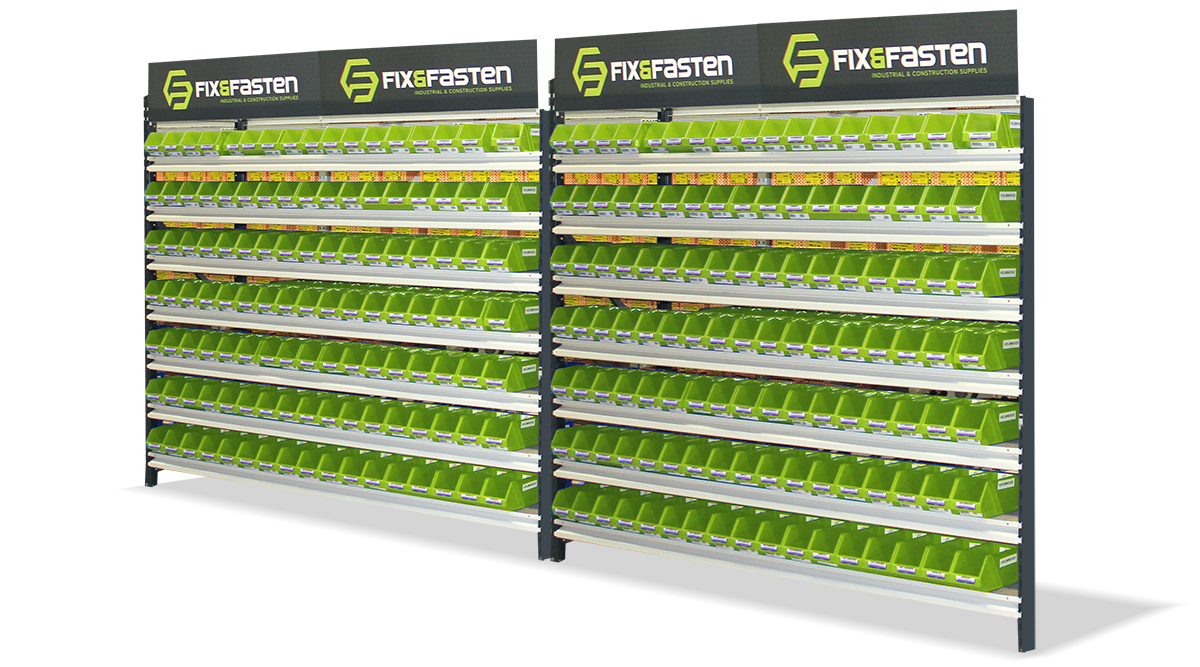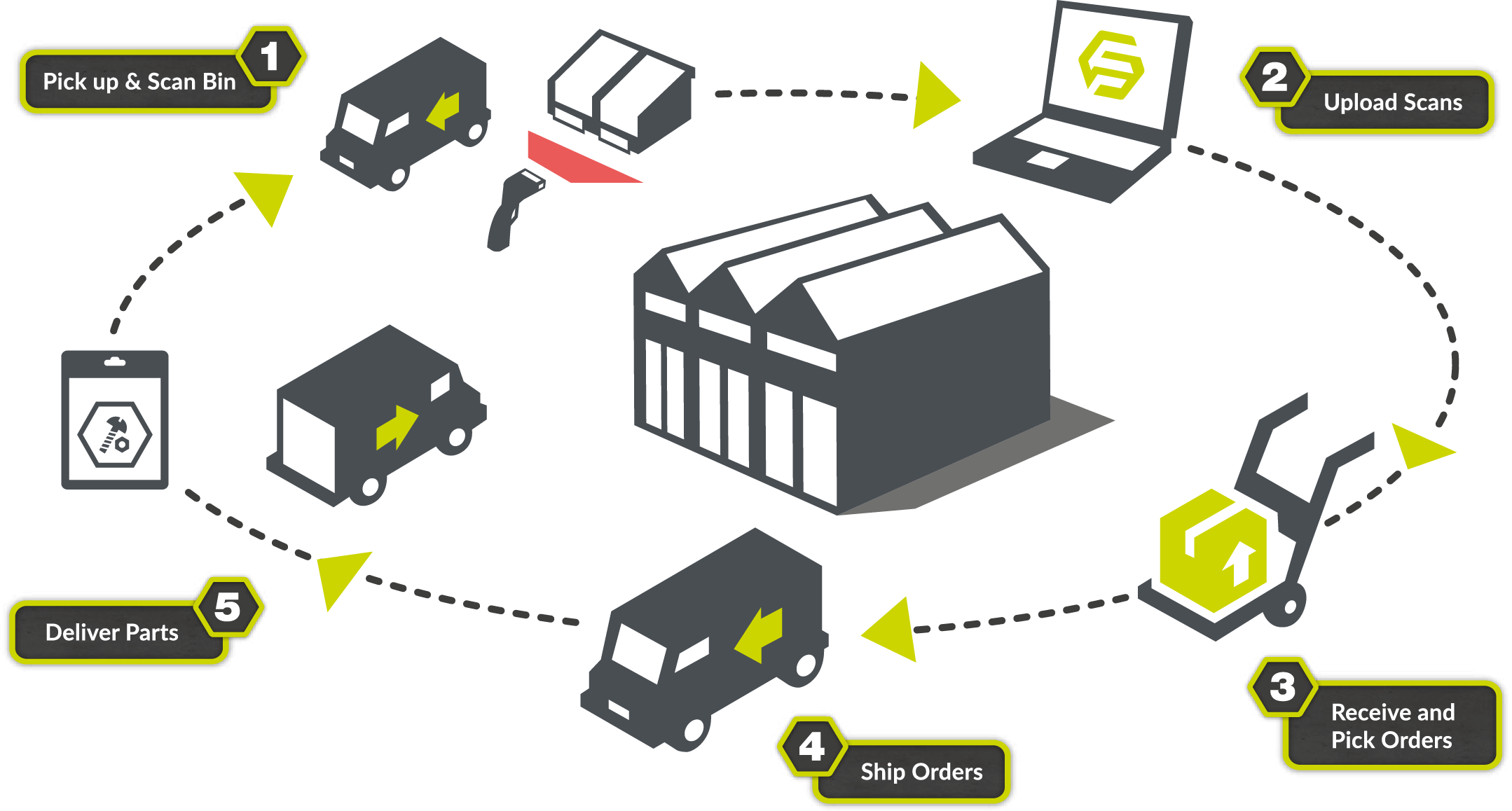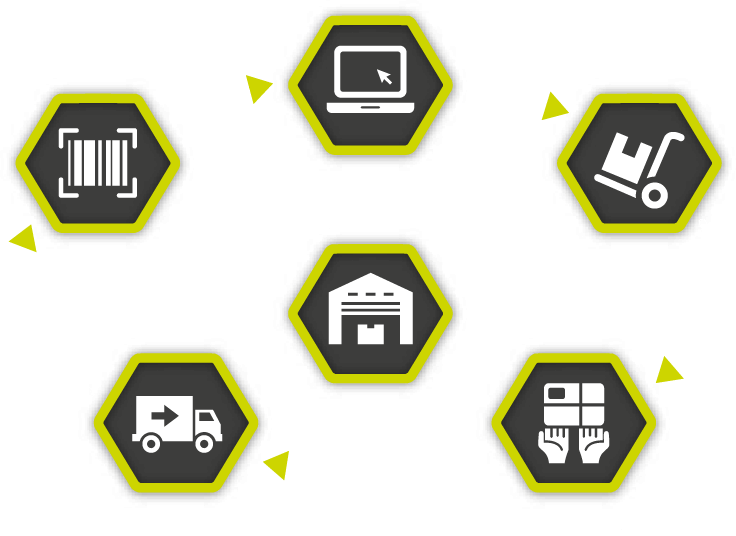
KANBAN is gaining traction as a way to smoothly implement agile and lean management methods in tech and non-tech companies around the world. Kanban’s core element have remained rooted in the principles below.
1. Visualise Work
By creating a visual model of your work and workflow, you can observe the flow of work moving through your Kanban system. Making the work visible along with blockers, bottlenecks and queues. This instantly leads to increased communication and collaboration.
2. Limit work in progress
By limiting how much unfinished work is in process, you can reduce the time it takes to travel through the Kanban system. You can also avoid problems caused by task switching and reduce the need to constantly reprioritise items.
3. Focus on flow
By using work-in-process (WIP) limits and developing team-driven policies, you can optimise your Kanban system to improve the smooth flow of work, collect metrics to analyse flow, and even get leading indicators of future problems by analysing the flow of work.
4. Continuous Improvements
Once in place, it becomes the cornerstone for a culture of continuous improvement. Teams measure their effectiveness by tracking flow, quality, throughput, leads and more. Testing & analysis can change the system to improve effectiveness.

This is the process order of a Kanban system
